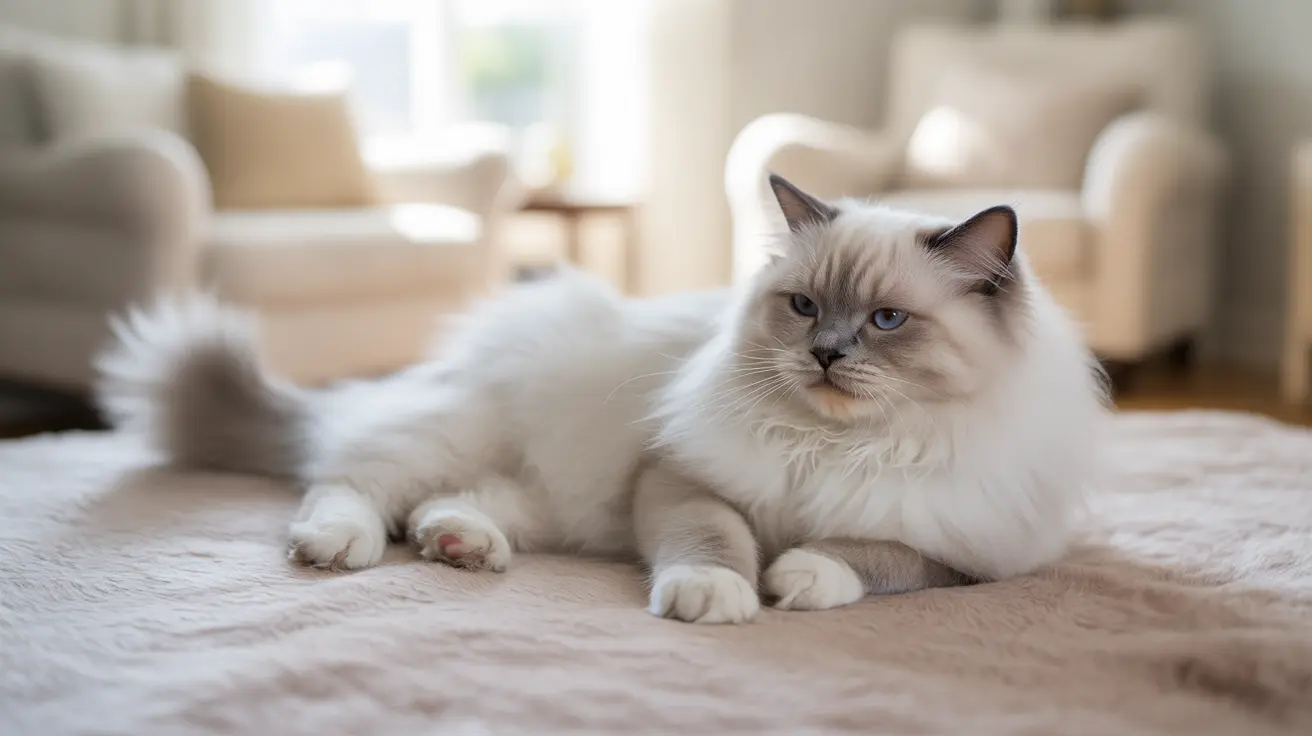The Science Behind Cat Kneading
Kneading behavior originates in kittenhood when young cats instinctively press their paws against their mother's belly to stimulate milk production during nursing. This early association with comfort and nourishment often carries into adulthood, though not all cats continue the behavior as they mature.
Research suggests that while most cats display kneading behavior at some point in their lives, the frequency and intensity can vary significantly among individuals. Some cats may knead daily, while others might rarely or never exhibit this behavior.
Why Some Cats Don't Knead
Several factors can influence whether a cat engages in kneading behavior:
- Individual personality differences
- Early weaning experiences
- Environmental factors
- Stress or anxiety levels
- Physical comfort preferences
The absence of kneading behavior doesn't indicate any health issues or developmental problems. It's simply a matter of individual variation, much like how some cats enjoy water while others avoid it.
Common Kneading Patterns and Behaviors
When cats do make biscuits, they typically display various patterns:
- Alternating front paws
- Using all four paws
- Kneading with claws extended or retracted
- Accompanied by purring or drooling
- Combined with other comfort behaviors
These patterns often reflect a cat's emotional state and level of contentment. Some cats knead more vigorously when extremely happy or excited, while others maintain a gentler, more methodical approach.
The Benefits of Kneading
For cats that do knead, this behavior serves several important purposes:
- Emotional regulation and stress relief
- Territory marking through scent glands in paws
- Physical exercise and muscle maintenance
- Social bonding with owners and other pets
- Creation of comfortable resting spots
Managing Your Cat's Kneading Behavior
Whether your cat kneads frequently or rarely, there are ways to make this behavior more comfortable for both you and your pet:
- Provide designated kneading surfaces
- Trim claws regularly to prevent scratching
- Use thick blankets as barriers when cats knead on laps
- Never punish kneading behavior
- Create comfortable spaces that encourage natural behaviors
Frequently Asked Questions
Do all cats make biscuits (knead), or can some cats not knead at all?
No, not all cats make biscuits. While kneading is a common behavior among domestic cats, some cats may rarely or never knead. This variation is completely normal and doesn't indicate any health or behavioral issues.
Why do cats knead soft surfaces or their owners' laps with their paws?
Cats knead for multiple reasons, including instinctive behavior from kittenhood, marking territory, showing contentment, and creating comfortable resting spots. It's often a sign of trust and affection when directed at owners.
How long does the kneading behavior usually last — do adult cats keep making biscuits?
Many cats continue kneading throughout their adult lives, though the frequency may decrease. Some cats maintain this behavior consistently, while others may gradually stop or only knead occasionally.
What does it mean if my cat kneads intensely or with claws — is that normal?
Intense kneading with extended claws is normal behavior. The intensity often correlates with the cat's level of contentment or excitement. However, if the behavior becomes obsessive, consult a veterinarian.
How can I protect myself from scratches when my cat kneads on me?
To protect yourself from scratches, keep your cat's claws trimmed regularly, use a thick blanket as a barrier, or gently redirect your cat to a designated kneading surface like a pet bed or cushion.






